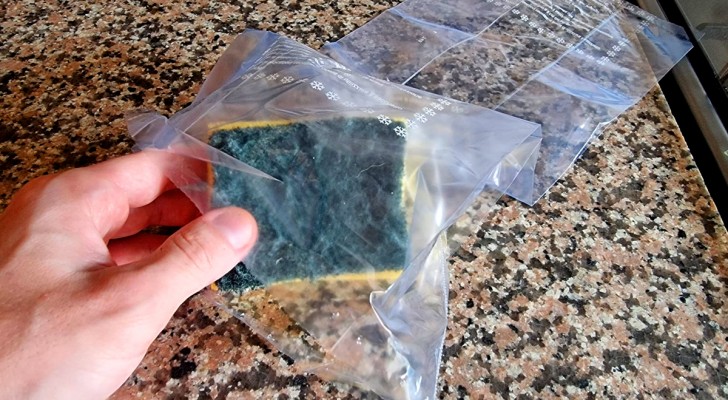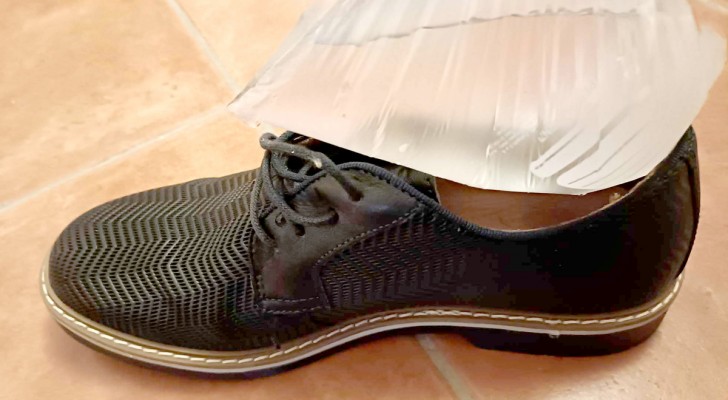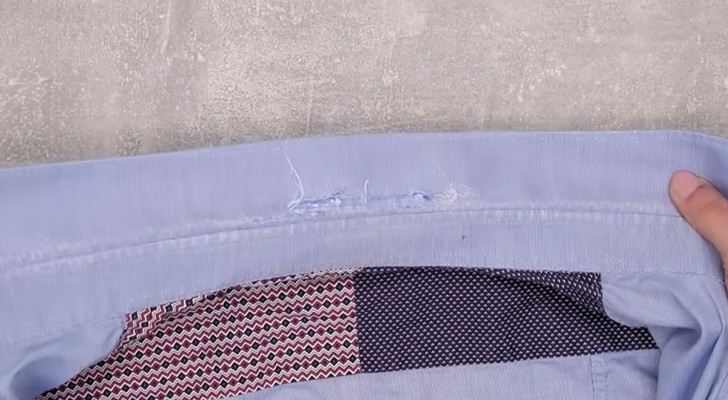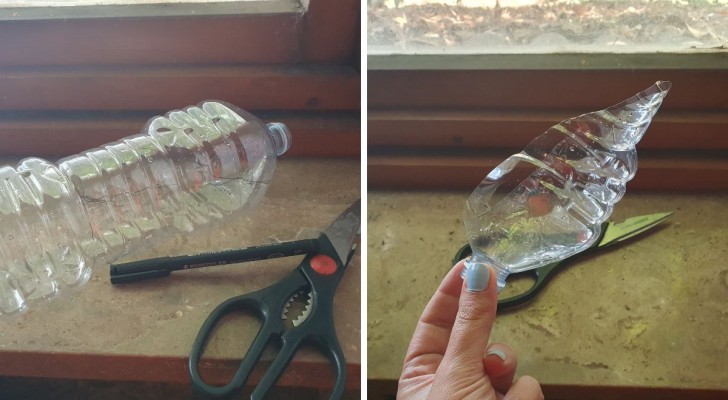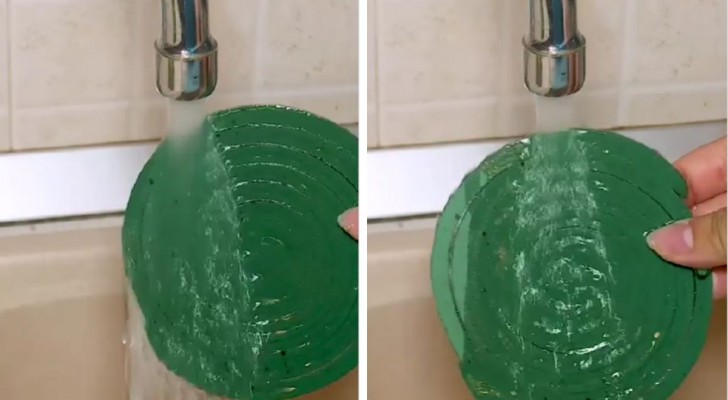4 ways to use tinfoil in kitchen cleaning chores
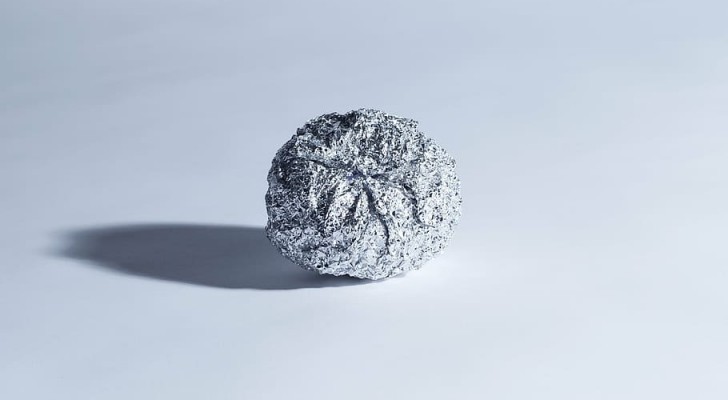
Advertisement
Cooking and spending time in the kitchen can certainly be a lot of fun, especially if we do it in good company. Having to clean up everything, however, is the part that no one wants to have to deal with. Every day, there are many surfaces that need to be kept clean and others that need to be treated as soon as you finish cooking to prevent a situation from going from bad to worse.
We can use a myriad of different products, including DIY ones using common and natural ingredients. And then we can also resort to an product that we usually have at home, namely aluminum foil (tin foil). In fact, tin foil is useful in various situations to remove stubborn dirt deposits effortlessly.
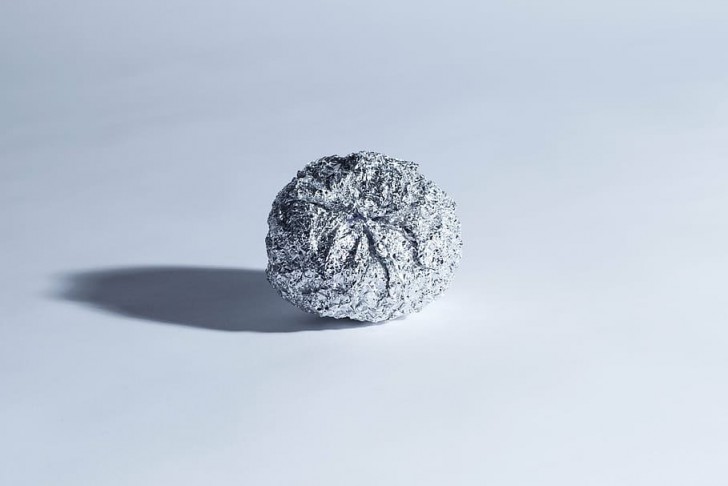
- Grills, pots, pans: when grills (including the metal plates of the oven) or pots and pans without non-stick coating become dirty with food deposits - especially charred food - we can use aluminum foil. Just roll some up and then use it as an abrasive sponge: in fact, aluminum is able to scrape off the dirt and without being excessively aggressive on the surface. Before starting to scrub the aluminum on the surface, just wet the grills or pots, so as to get rid of all easily-removed residue. After using the foil, you can also wash these items normally with soap and water to finish the job. Alternatively, you can also pour a little salt or baking soda first on the pots and pans, then just wet the aluminum foil ball and start scrubbing. This is a method to use on particularly greasy and grimy surfaces that otherwise do not clean up very well.
- For rust and traces of limescale on taps: faucets and chromed metal surfaces can be freed from limescale and rust spots by always using aluminum foil. Start by cleaning the surfaces with soap and water, then fold the aluminum until you have a square made of 3 or 4 layers (so it doesn't break up). Dip the aluminum square into water (without soap) and rub it on the metal. Keep dipping it into the water and rubbing until the surfaces shine again.
- To protect the bottom of the oven: if you do not have a drip pan that collects all the drips and splashes coming from the trays, you can help yourself with aluminum foil. Just place a sheet of aluminum foil on the lower rack (do not put it in contact with the bottom of the cooking chamber, as it could cause small fires), or even immediately under the pan you use - but taking care to cover the entire surface of the shelf on which the pan itself is placed. As soon as the sheet is dirty, change it with another. Doing this, you will avoid having to thoroughly clean your oven often.
- There are those who also line the bottom of the stove top with tinfoil (stoves that are not flat, but have the burners higher than the rest of the cooking surface), but it is a bit inconvenient to have to shape them to fit and, in any case, this is something of a fire hazard.
Have you used tinfoil in these ways before?
Advertisement

